The world needs a lot more creativity, both in coming up with ideas, as well as ensuring their execution. In Part 1 of this series, I outlined a deep dive into the science of the state of Flow derived from Steven Kotler’s book 'The Rise of Superman: Decoding the Science of Ultimate Human Performance'. Part 2 is a more practical examination of how to introduce flow into our everyday lives.
While there is a solid argument that flow is the secret sauce behind the rapid development of adventure sports, it also plays a huge part in normal mental activities. Writers, poets, painters, sculptors, dancers, musicians composers and film-makers all leverage peak performance in pursuit of their craft.
It also plays an important part in creative industries like marketing, advertising, and within startups. New campaign ideas are born from flow states. Developers writing code have heavy zone triggers. Flow is also thought to be secret ingredient in a lot of online ideas that stick - things like website stickiness, customer attraction, mitigation of price sensitivity, and influence on buying behaviors.
Below I have outlined some starters gleaned from a wide variety of sources that touch on techniques to maximize the potential for flow. A lot of these may sound new age or esoteric in nature; what’s required is an open mindset and the desire to experiment with the different applications to stick with what works for you.
A Flow Refresher
Before we jump into techniques, let’s do a quick refresher on flow - happiness defined by peak creative performance.
Flow is best expressed as a four part ‘flow cycle’. Note, interestingly a lot of this theory echoes the model ‘A Technique for Producing Ideas’ by James Webb Young.
Step 1: Struggle
Our first step is a loading phase. We need to overload the brain with information (novel stimuli) from our baseline state.
In the business world, this will kick start with the creative problem we need to solve, or an issue that has emerged. We begin to soak up inputs like research, analysis, analytics, briefings - in other words, fact finding.
As we focus on the task, we create tension, which often leads to frustration. The problem seems unsolvable, our efforts feel like they are unsustainable, and the destination cloudy - the little voice in your head might be telling you that the solution is impossible.
Our brains begin to engage in pattern recognition. We repeat our analysis over and over again until they become chunks. This process may feel quite awkward and uncomfortable. We must move through this struggle phase and have faith in our ability to deliver a creative outcome.
Step 2: Release
This step involves taking your mind off the problem, and severing prior thought and emotional patterns. Triggering flow can only come from relaxation, so maintaining high stress levels will not allow you to unleash creative outcomes. We need to let things percolate, and let the body and mind relax.
Step 3: Flow Action
Struggle gives way to release, which triggers our flow action state. We may start to experience some of the flow elements, spiking our high speed problem solving, deep insight and perfect decision making capabilities.
Step 4: Recovery
A final often overlooked stage. Flow requires a lot of exertion on the body, draining energy and playing with powerful neurochemistry. We need to rest, allowing the brain to consolidate new patterns and memories, and a ‘level up’ to a new and improved baseline state.
Increasing Flow
We want more flow in our lives. The following techniques provide some experiments to try and maximize our abilities to move into flow, divided into Personal, Environmental, and Social.



